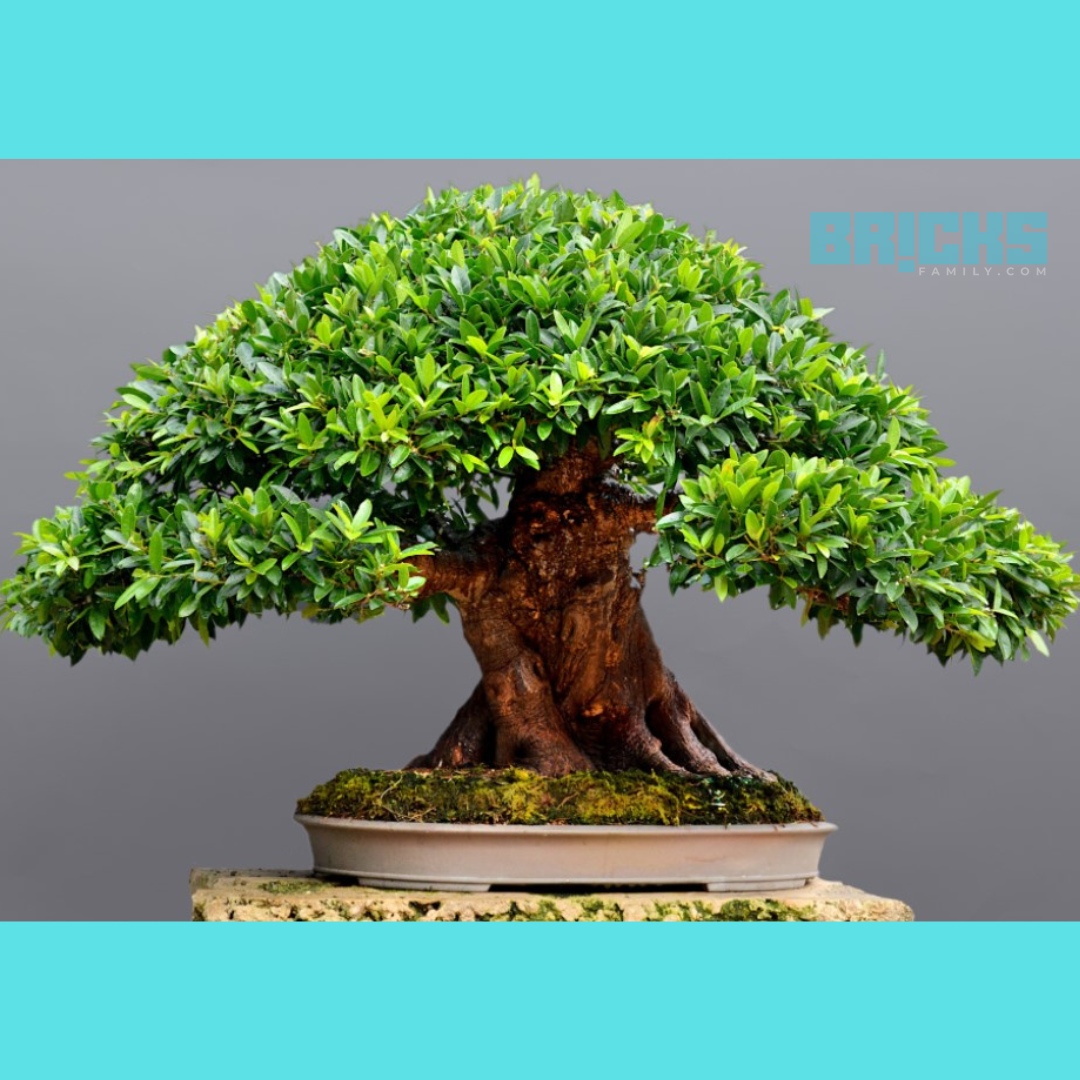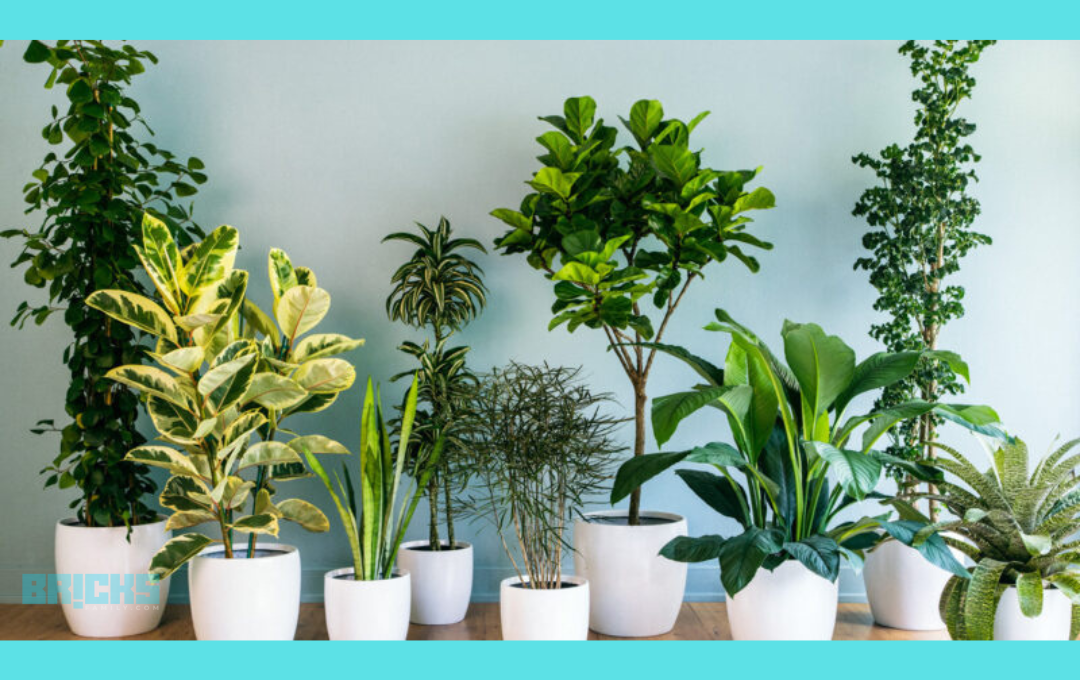With their delicate shapes and serene atmosphere, bonsai trees contribute to the celebration of nature’s essence. When arranged properly, bonsai add a calming atmosphere and increase positive energy in your house. This blog is about Bonsai Plants – Benefits, Care, and Growing Bonsai Tree Indoor.
Do you want to spruce up your house with some organic greenery? Consider using bonsai plants for landscaping that has a natural appearance. These tiny trees and plants give your spaces a unique charm that turns the aesthetic from artificial to organically green. It goes beyond what you purchase and arrange in your home. You need to know how to take care of and tend to the plants if you want to cultivate a bonsai tree inside. You can get assistance from videos, classes, and kits. But your love of nature is the most crucial component of cultivating bonsai plants indoors. Continue reading to discover the meaning of bonsai plants, their advantages, and growing tips.
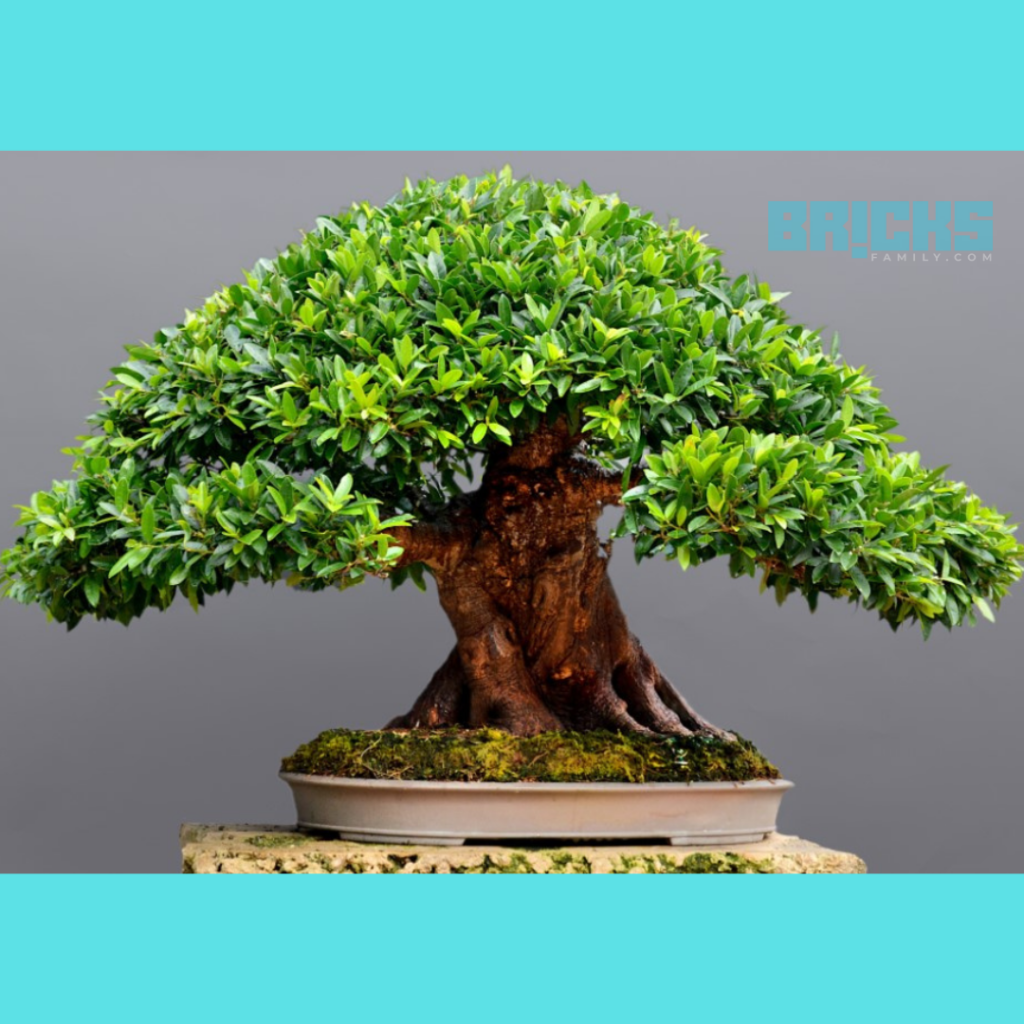
What are Bonsai Plants
Regarding bonsai plants, there’s a lot of misunderstanding. It is believed by some to be the name of a tree. Some believe it to be an alien plant species. Furthermore, some believe these to be genetically altered trees. Let’s be clear about the meaning of bonsai plants. The Japanese art of raising plants is called bonsai. It is not a natural growth, nor has it been genetically altered. The ancient Chinese art of “penzai” is where bonsai first appeared. In this artwork, the actual tree is constrained to a tiny size. Consider bonsai plants as miniature versions of their original forms.
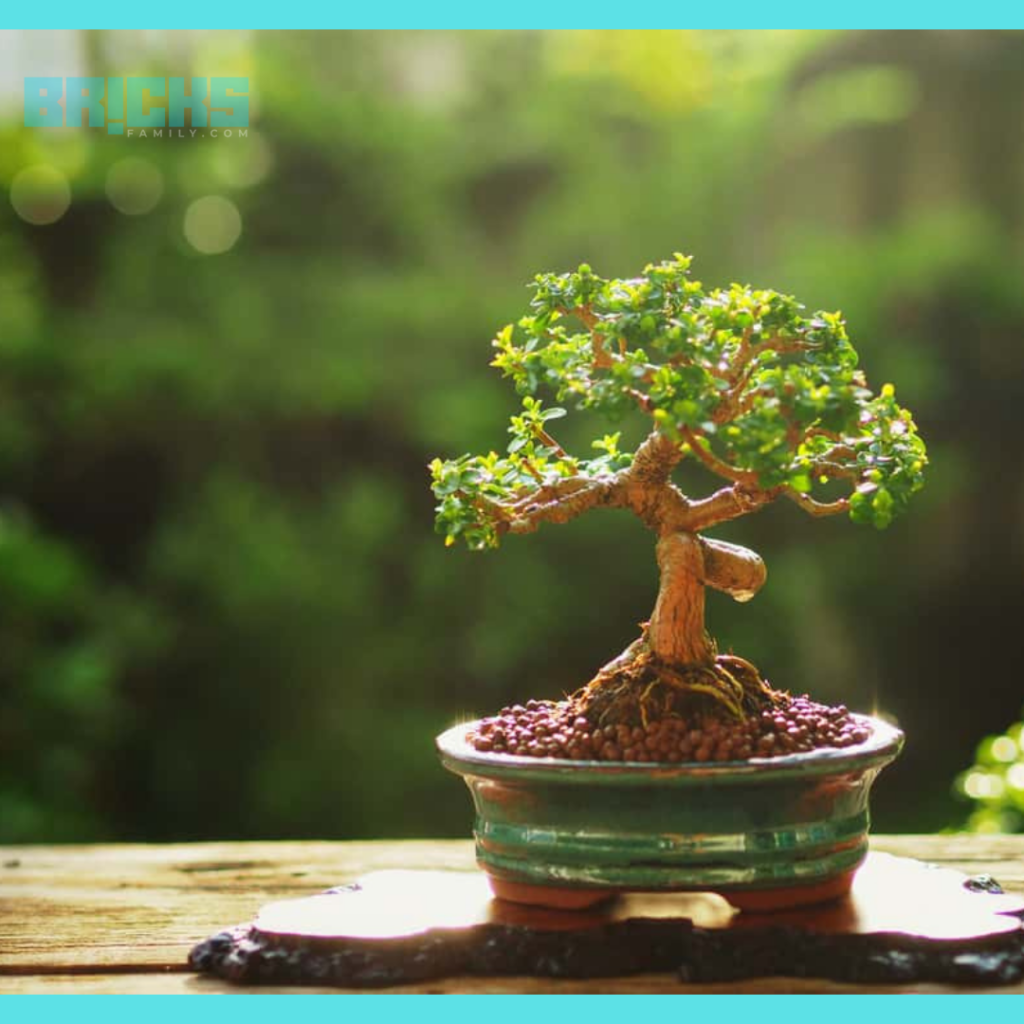
Steps to Grow Bonsai Plants
A bonsai tree should be highlighted in its right corner if it will be kept indoors. Additionally, prepare yourself to accept the task of giving it your best. Selecting the type of plant and obtaining a seedling or sapling are the first steps in cultivating bonsai plants. Additionally, you would require shallow pots. The procedures are to prepare the root ball, plant it in the ground, and shape the tree.
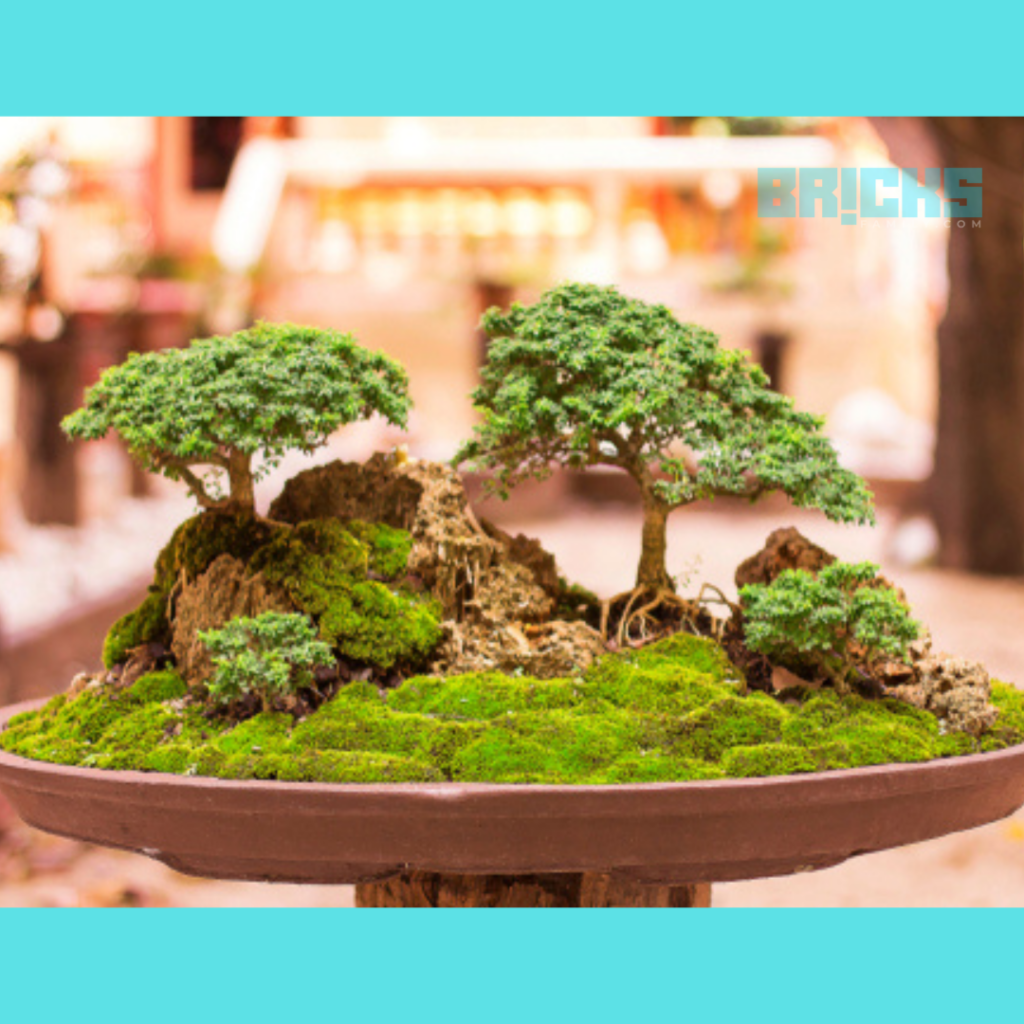
Cultivating your bonsai plant:
Seek out bonsai plants that thrive in the local climate. As long as you shield your tree from extreme temperatures and direct sunlight, you may grow the majority of trees outdoors. The only subtropical trees that are suitable for indoor cultivation are those that can be kept as indoor bonsai. Now, purchase a sapling from a nursery, often known as a pre-bonsai. Online sales of bonsai plants are possible, although they might not be very cost-effective. It could take several years to produce bonsai plants from seeds or cuttings, if that’s your aim.
Starting the preparation:
Remove the plant from the container that it was purchased in. To reveal the roots close to the surface, rake the soil. Cut out around two thirds of the roots from the bottom of the root ball as you approach it. Now mist water over every root. Take off any twigs, big roots, and dead roots. Now carefully insert the plant in a shallow pot. Cover the roots with dirt and cover the earth’s surface with moss or gravel. Water correctly.
Pruning and shaping bonsai plants:
Bonsai plant styling is both imaginative and difficult. To have your tree looking the way you want it to, trim off branches. If two branches are developing at the same height or if heavy branches are sprouting on top of a branch, chop it off. Any branches that don’t look natural should be cut down. Bend and mold your tree with wire. When storing a bonsai tree indoors, shaping is crucial. When pruning heavy branches, especially in the spring or during the wet season, think about investing in concave cutters.
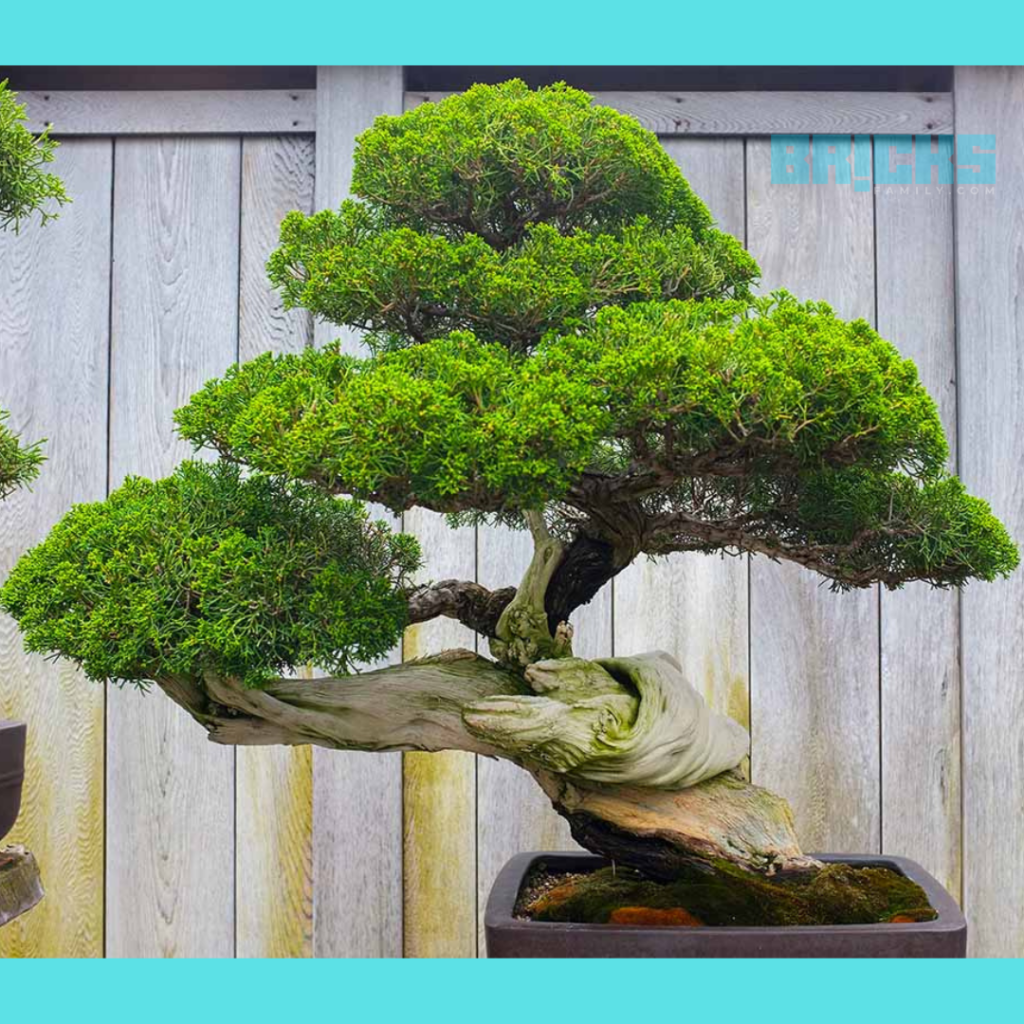
Caring after planting the bonsai plant:
Bonsai plants require a great deal of maintenance. Like other houseplants, planting and styling them will not suffice. Watering your bonsai tree is a crucial task that requires consideration. Most bonsai plants’ soil tends to dry out in shallow pots. To fully hydrate the soil, you must add adequate water. However, be careful not to overwater the plants as this might cause root rot. The type of plant you have, the local climate, and the composition of the soil all affect how much water your plant need.
How to Maintain & Care for Bonsai Plants
Sustaining a healthy bonsai will require enough care, regardless of whether you purchase a live tree online or cultivate one indoors. Repotting, fertilizing, and watering are a few of the maintenance tasks you must perform. Use the proper soil mixture for the plant you have chosen. The perfect blend of soil will hold onto water without overflowing the roots. It is not useful to follow a timetable while watering bonsai plants. When the soil feels or appears dry, water them.
varying species of bonsai plants require varying amounts of fertilizer. But throughout the growing season, fertilization is a necessary for all plants. You can purchase ready-made fertilizers or research the finest ones for your plant. As soon as bonsai plants begin to grow outside of their pots, they must be repotted. The roots may have begun to encircle the pot’s bottom. Transfer your plant to a larger pot using the same soil mixture. Recall that your outdoor bonsai tree will not thrive if you bring it inside. However, indoor bonsai plants might not withstand the hostile weather outside.
Things to Know About Bonsai Plants as a Beginner
If you give it the right care, a well-grown bonsai can endure for millennia. Young bonsai plants have an aged tree appearance due to their style. Learn which plants require an open environment to be kept as bonsai trees indoors. It’s good to grow some plants, such as Ficus, Gardenia, Bougainvillea, and Jasmine. Consider experimenting with pomegranate and olive. As a novice, your most valuable attribute will be patience. It takes four to six months for even the fastest-growing bonsai plants to begin taking on the characteristics of a tree. Ask about fertilizers designed specifically for bonsai, and remember that water plays a crucial role. Make plans for extra water to drain off as well.
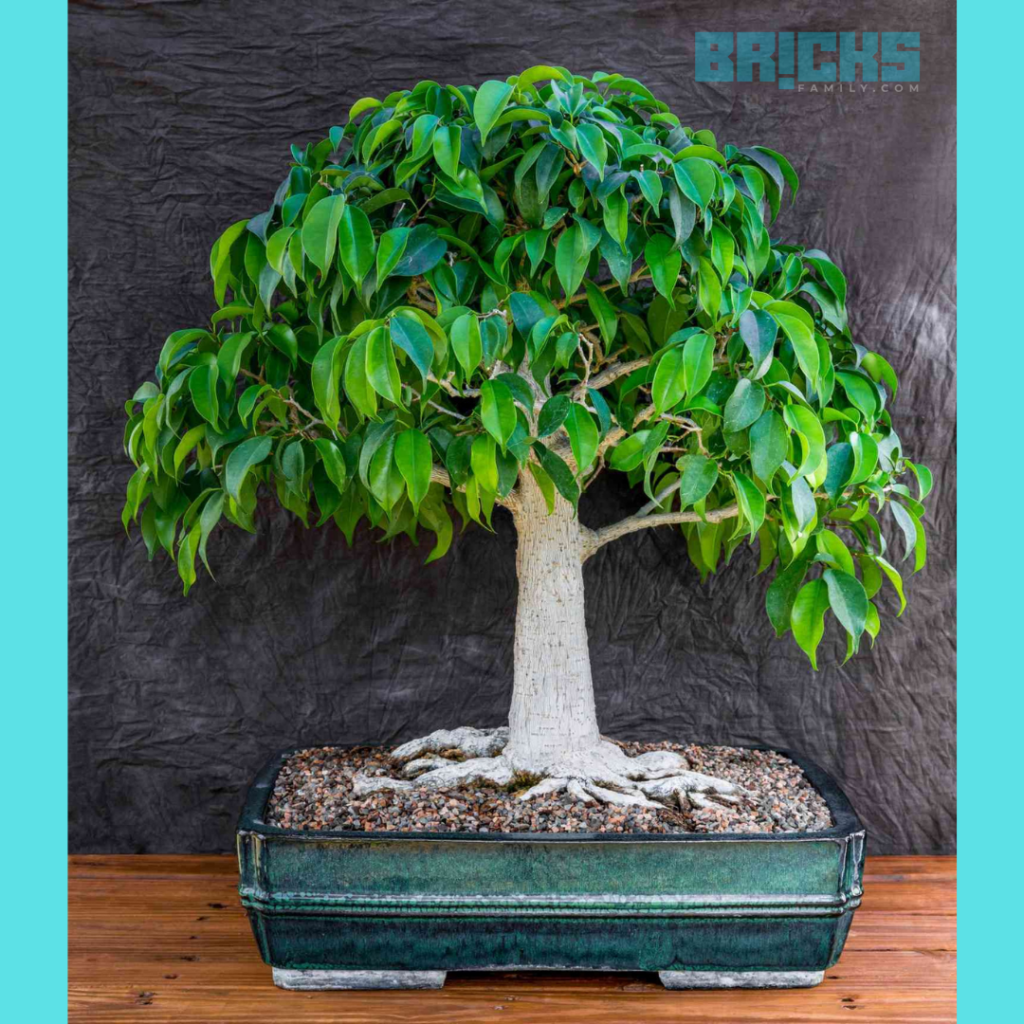
Expenses to Consider for Bonsai Plants
You could purchase a bonsai plant if you’re just getting started. You might wish to know the cost of the bonsai plant in this situation. The cost of your chosen species will determine how much a bonsai plant costs. Like paintings or sculptures, bonsai is an artistic medium as well. The more expensive your bonsai gets, the more beautiful it will be. Bonsai plants range in price from INR 1000 to INR 1.5 lakh. Fast-growing plants may be stored at certain nurseries, but their aesthetics and upkeep may be lacking. The price of bonsai plants increases with their attributes: more foliage, better shape, age, lovely pot, better soil with decorations, etc. Consider looking into the bonsai growing kits first embark on this new gardening journey.
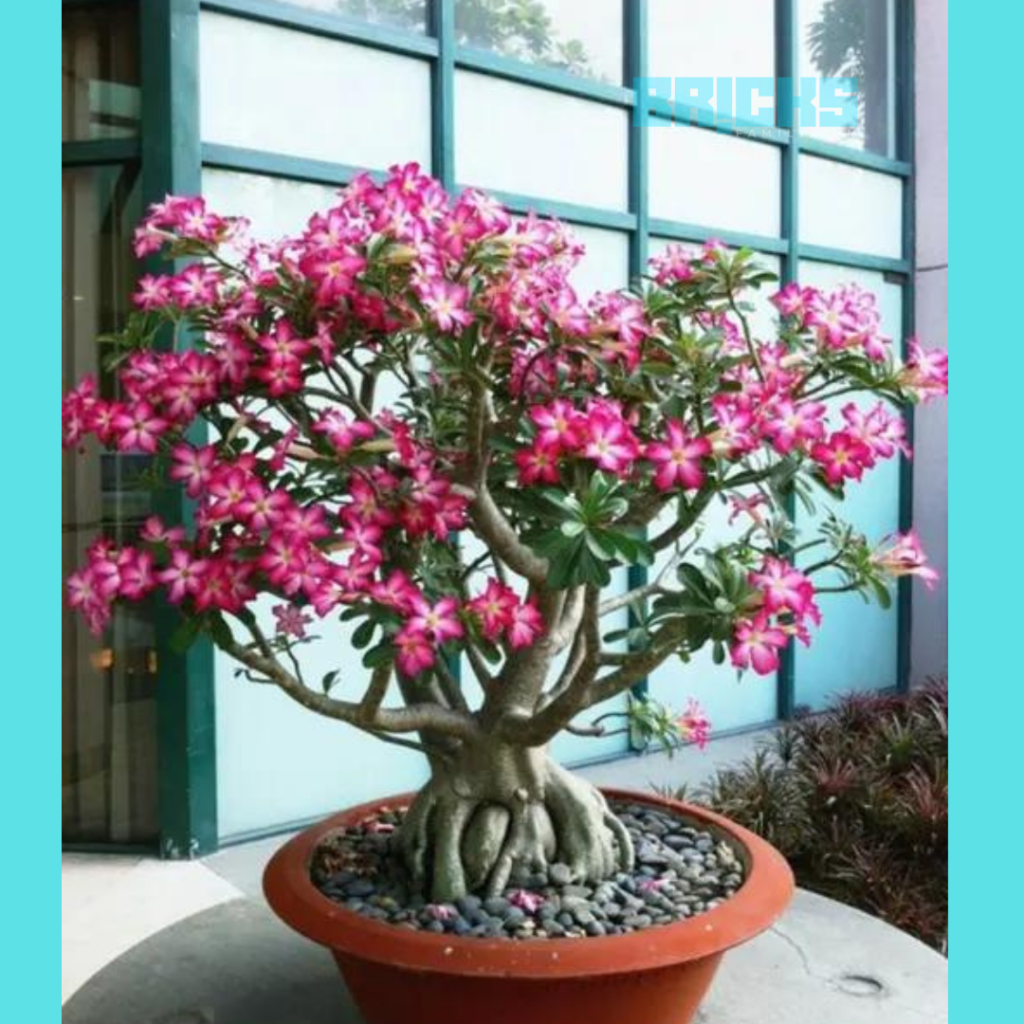
Benefits from Bonsai Plants
As you are already aware, bonsai plants add beauty to your home’s or patio’s décor. Yet, a bonsai plant is more than just that. The mental health of a bonsai owner or gardener is enhanced. Care and patience are essential for bonsai plants. You would gain compassion and love. You would also learn to be patient. Develop your self-awareness, self-control, self-assurance, and consistency. As you style the bonsai trees to achieve their amazing appearance, let your creative side come out.
Additional advantages of bonsai plants include their positive effects on the ambiance in your house. A bonsai tree indoors releases oxygen into the air, which helps to purify it. Having bonsai plants outside offers comparable advantages and creates a peaceful space for meditation or stress relief.Because indoor bonsai trees retain the humidity levels in the air, they help lessen the occurrence of dry skin, sore throats, and colds. They make wonderful presents. And lastly, require a friend for life? Develop a bonsai. Since bonsai plants have endured through many generations, they are also family heirlooms.
Disadvantages of Keeping Bonsai Plant at Home
The Bonsai plant looks amazing when kept at home. However, there are a few disadvantages to keeping it at home:-
- Keep in the right direction: According to Vastu, if the bonsai plant is not kept in the right direction, it may have adverse effects. The most promising locations are east, north, and northeast.
- Prune. Prune. Prune: For the bonsai plant to thrive, prune as much as possible; otherwise, it will die.
- Overwatering may be a problem: It may die if a bonsai tree is overwatered. Water the plant once a week.
- Prone to insects and pests: Be very careful when planting a bonsai, as it is more prone to insects and pests.
- Location might be an issue: If the plant is not kept in the the right direction, it may not grow properly.
Feng Shui Placement of Bonsai Tree
The serene and tranquil qualities of the bonsai tree are well known. Nonetheless, it’s crucial that you pick the ideal bonsai tree for your house in order to preserve the energy’s equilibrium. The positioning of the bonsai tree in accordance with Feng Shui is another crucial factor to take into account. Here are some pointers to assist you comprehend where it is.
- The southeast and east are the best directions for bonsai trees. Its placement here enhances the positive energy flow within the home. Additionally, it fosters prosperity and growth.
•Make sure the bonsai tree is positioned at home according to its size. The best bonsai tree to use as a focal point is a huge one. Use windowsills with little bonsai trees. Smaller ones can also be used as accent pieces.
•Ensure that the bonsai tree has enough light by positioning it accordingly. But too much direct sunshine can be detrimental to your bonsai. - When positioning a bonsai tree, make sure that its energy balances that of the house or the space in which it is being placed.
Conclusion on Bonsai Plants
An indoor bonsai tree gives your house an unparalleled sense of elegance. A wonderful method to add greenery and diversity to your landscape is by adding bonsai plants to your patio or yard. A bonsai is a great addition to any home wishing to liven it up, and it has several advantages. When you first start a bonsai garden, follow advice, do your research, and make wise decisions. Growing a bonsai will bring out the best in you, despite its challenges.









